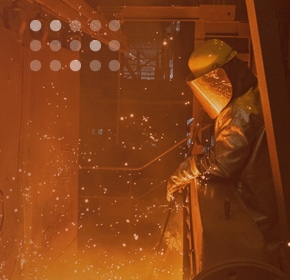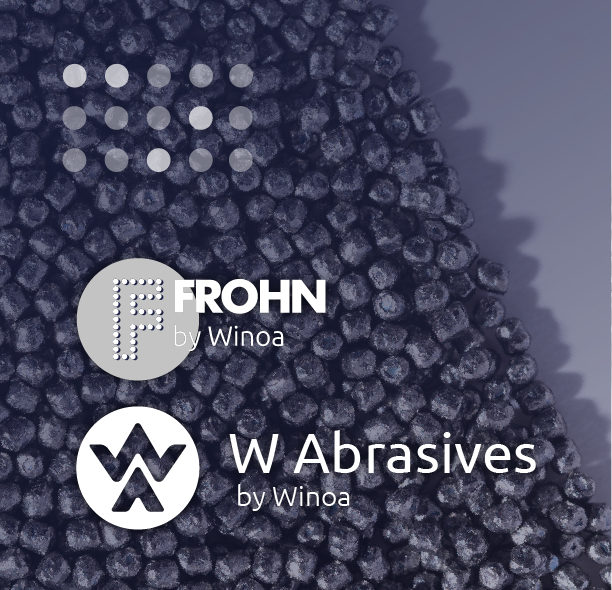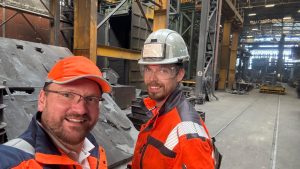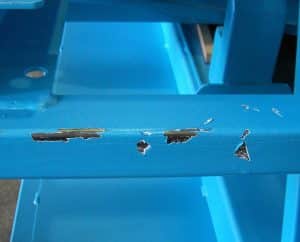
In the abrasive blasting industry, effective control of dust and oil contamination is paramount for efficient operations and prolonged equipment life.
Dust Challenges in Abrasive Blasting
Dust and fines from abrasives contribute to accelerated wear in machinery and components. The air and particle separator, properly configured, ensures optimal energy transfer and coverage by minimizing dust and fines. “Sticky” dust, a byproduct of oily residues, presents a challenge if not efficiently removed, circulating back into the shot blasting system.
Impact of Oil Contamination
Ingress of oil and grease disrupts the blasting process, leading to adhesion issues for coatings. Even a slight 2% increase in dust results in up to 50% more wear on components. Swift clogging of the filtration system raises the risk of fire.
Residue Elimination and Operational Cleanliness
Proactively addressing oily residues is critical; additives designed for this purpose mechanically remove oil. This process ensures an oil-free abrasive mix, preventing dust and fines from adhering and optimizing cleaning efficiency.
The result: a clean abrasive mix, reducing overall surface preparation costs, maintenance, energy consumption, and downtime.
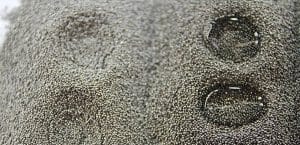
In summary, the key to a successful abrasive blasting operation lies in effectively managing dust and oil residues. Prioritizing prevention measures ensures a smooth, cost-effective, and safe blasting process.
Don’t forget, as Benjamin Franklin said: “An ounce of prevention is worth a pound of cure.’”
For more information, feel free to contact Mr. Chris Prouty : chris.prouty@winoa.com
Download the full article here

